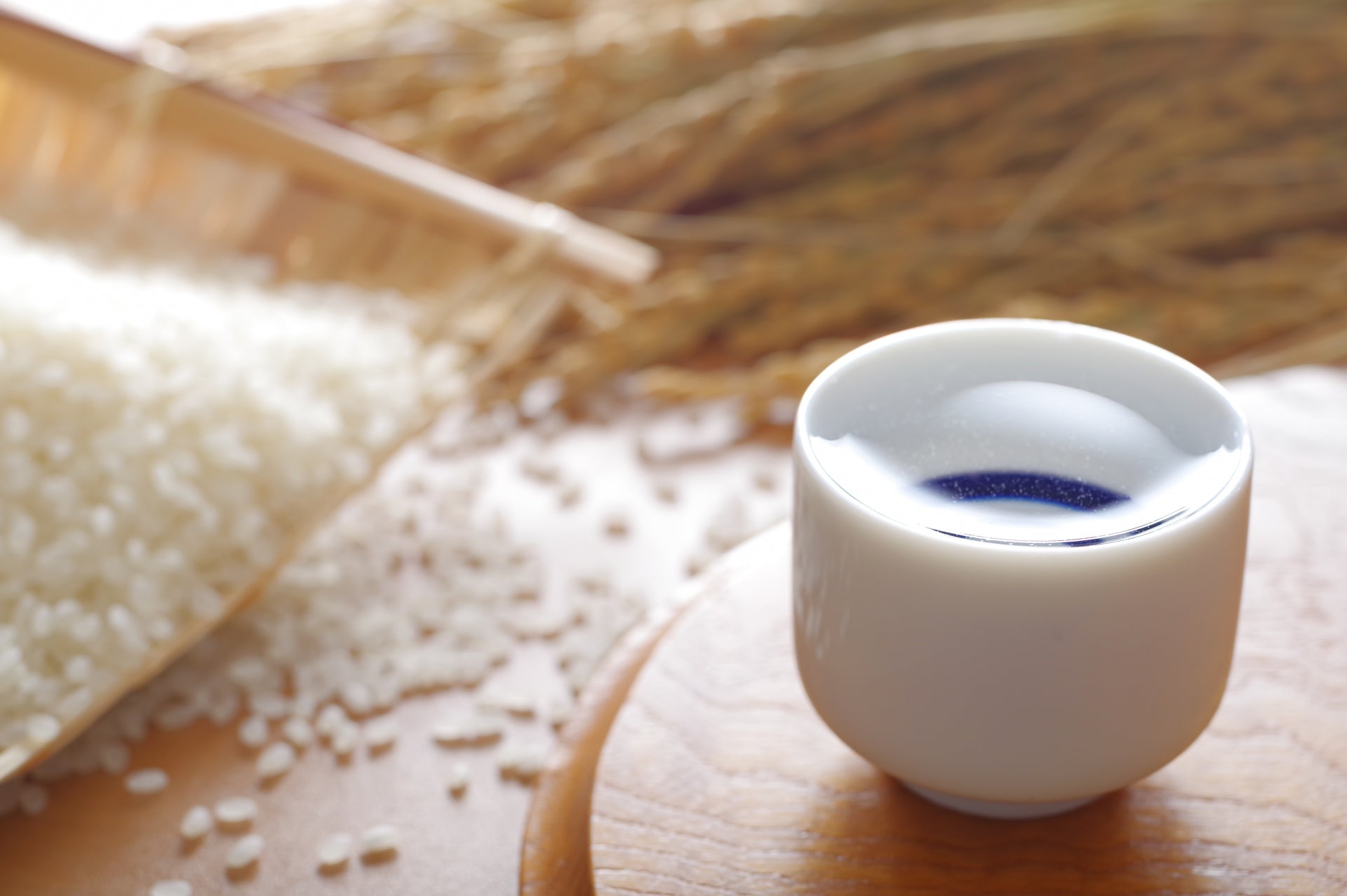
Sake Glossary
Nama
In the context of Japanese sake, "nama" (生) refers to a specific type of sake, often known as "namazake" (生酒) in Japanese. It means "raw sake" or "fresh sake." Namazake is unpasteurized, retaining lively flavours and aromas. It requires refrigeration due to its lack of pasteurization and offers enthusiasts a vibrant, dynamic taste experience. Namazake showcases the unadulterated essence of sake, appreciated for its freshness. Therefore when you see "Nama", it is often served between 5-15°C.
Ginjo
A high-quality grade of Japanese sake, made through precise brewing methods. Ginjo sake uses rice grains polished to at least 60% of their original size, enhancing purity and flavor. It undergoes a longer fermentation process at lower temperatures, resulting in a delicate, aromatic, and complex profile. Ginjo is often served chilled at 5-10°C, showcasing its refined taste.
Daiginjo
A premium category of Japanese sake, characterized by its meticulous brewing techniques. Daiginjo sake is crafted using rice grains polished to at least 50% of their original size, ensuring exceptional purity. Fermented at low temperatures for an extended period, it offers a highly refined, fragrant, and complex flavour profile. Daiginjo is best served chilled at 5-10°C, showcasing its exquisite taste
Junmai
A type of Japanese sake made with only three ingredients: rice, water, and koji mould. Unlike other sakes, Junmai doesn't contain added alcohol or additional ingredients. It represents a pure, traditional style, often with a richer, fuller flavour. The absence of additives highlights the natural characteristics of the rice and brewing process..It can often be served chilled at 10-15°C or warmed at 45-50°C.
Shochu
A popular Japanese distilled spirit, made from grains, sweet potatoes, or other ingredients. Shochu undergoes a unique fermentation process with different types of koji mold, resulting in a diverse range of flavours. It typically has a lower alcohol content than vodka or whisky and is enjoyed neat, on the rocks, or mixed with various beverages. Shochu is a versatile and culturally significant alcoholic beverage in Japan.
Kimoto
A traditional method in Japanese sake brewing, involving a labour-intensive process to create the starter mash. In Kimoto, a portion of rice, water, and koji mould is mashed and mixed using poles in a wooden tub. This technique results in a distinctive lactic acid fermentation, contributing to a robust and complex flavour profile in the final sake.
Yamahai
A traditional method in Japanese sake brewing, similar to Kimoto, but with a simplified process without mashing and mixing the koji mould, rice and water. In Yamahai, lactic acid is naturally produced due to the absence of modern techniques. It results in a more robust, earthy flavour profile. This method preserves the rustic, traditional essence of sake while offering a unique taste experience.
